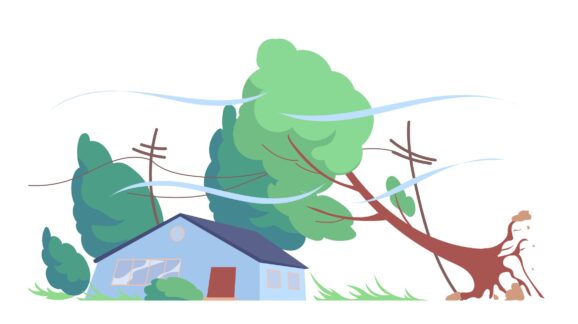Point: A Strong Hurricane Season Forecast in Context — So What?
Phil Klotzbach and his crew at Colorado State University are out with their first prediction for the 2020 Atlantic hurricane season and it looks like a good year for The Weather Channel and something other than coronavirus on the news.
He’s predicting 16 named storms this season, versus the average of 12. We’ve already had two very weak ones, which is typical of May cyclones. Indications in his forecast are also for an above-normal number of major hurricanes (Category 3 or higher), and there is an elevated probability for a U.S. strike.
If this verifies, 2020 will be the fifth consecutive year with an above-normal frequency. But hurricanes are like baseball players (remember them?) in their streakiness. Until 2017, Hurricane Harvey hit near Corpus Christi, Texas, as a strong Category 4 storm, no Category 3 or higher hurricane eye had crossed a U.S. coastline for nearly 12 years.
That’s the longest major hurricane “drought” on record. Good records go back to the mid-19th century, and even before then the history is OK because it’s hard to miss a Category 3 landfall.
The year before the drought began, 2005, saw a record 27 named storms, including the monstrous Katrina, which unleashed the deepest U.S. coastal inundation in known history, and Wilma, besides being the last Category 3 strike until 2017, was (and remains) the most intense cyclone ever measured in the Atlantic Basin. (Related trivia: Accounting for coverage gaps, 1933 may have had the same number or more storms.)
So the picture emerges that Atlantic hurricane data is very noisy, and those with vested (and billion-dollar-funded) interests in pushing the horrific climate change meme can choose portions of longer data sets to tell pretty much any story (as can those with opposite predilections).
For example, the Third “National Assessment” of climate change effects on the United States, produced by the U.S. Global Change Research Program and published in 2014, featured a graphic showing a strong increase in the power of Atlantic hurricanes from 1980 to 2009.
Why didn’t they use data through 2013, which was available for the report?
Read the full article at Inside Sources.
